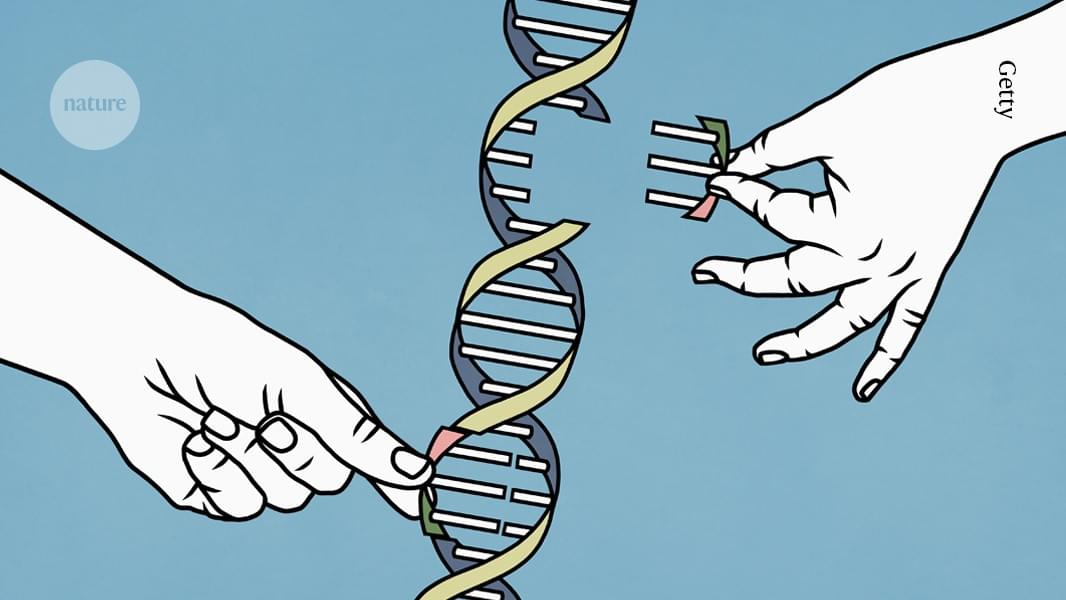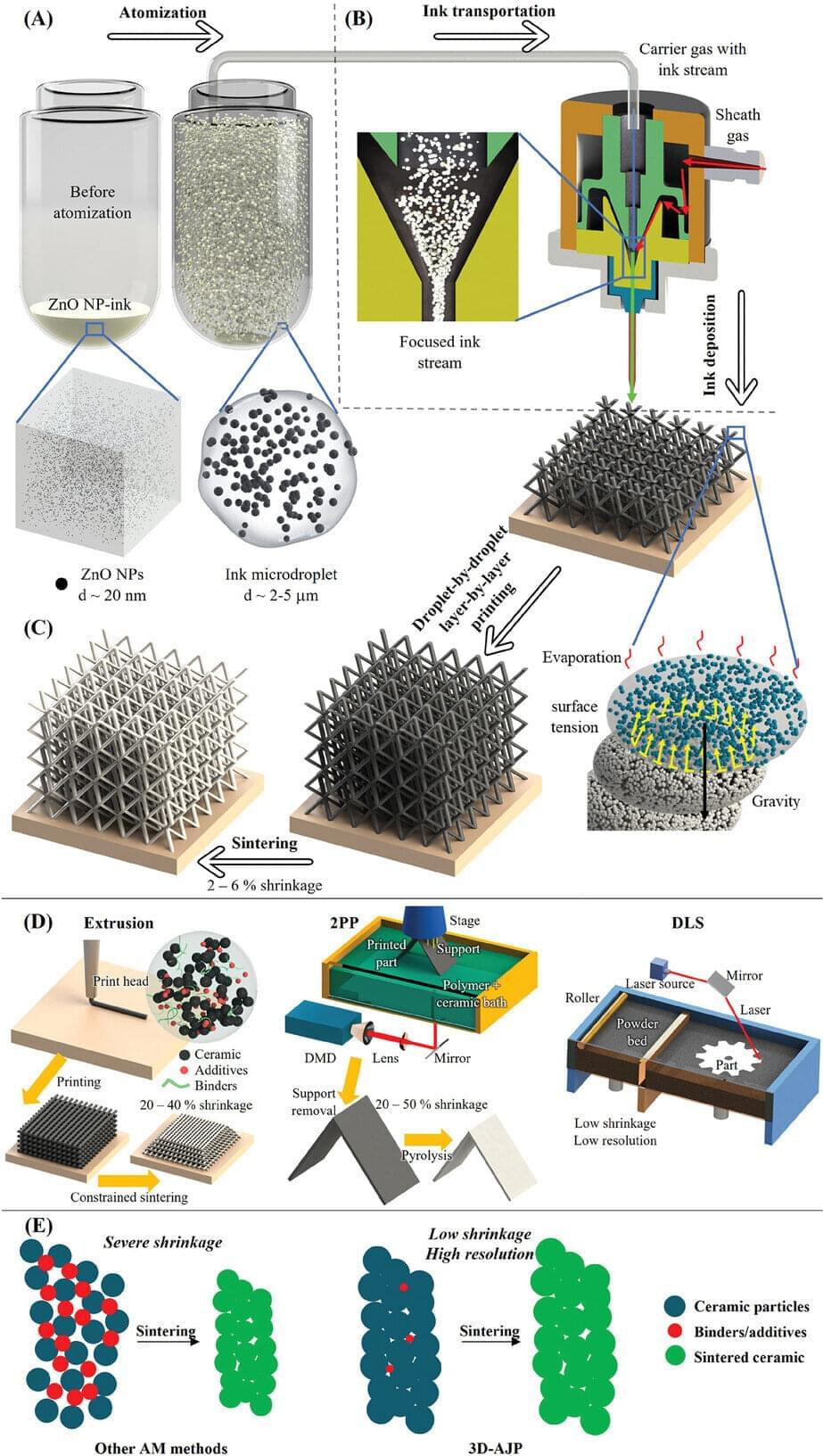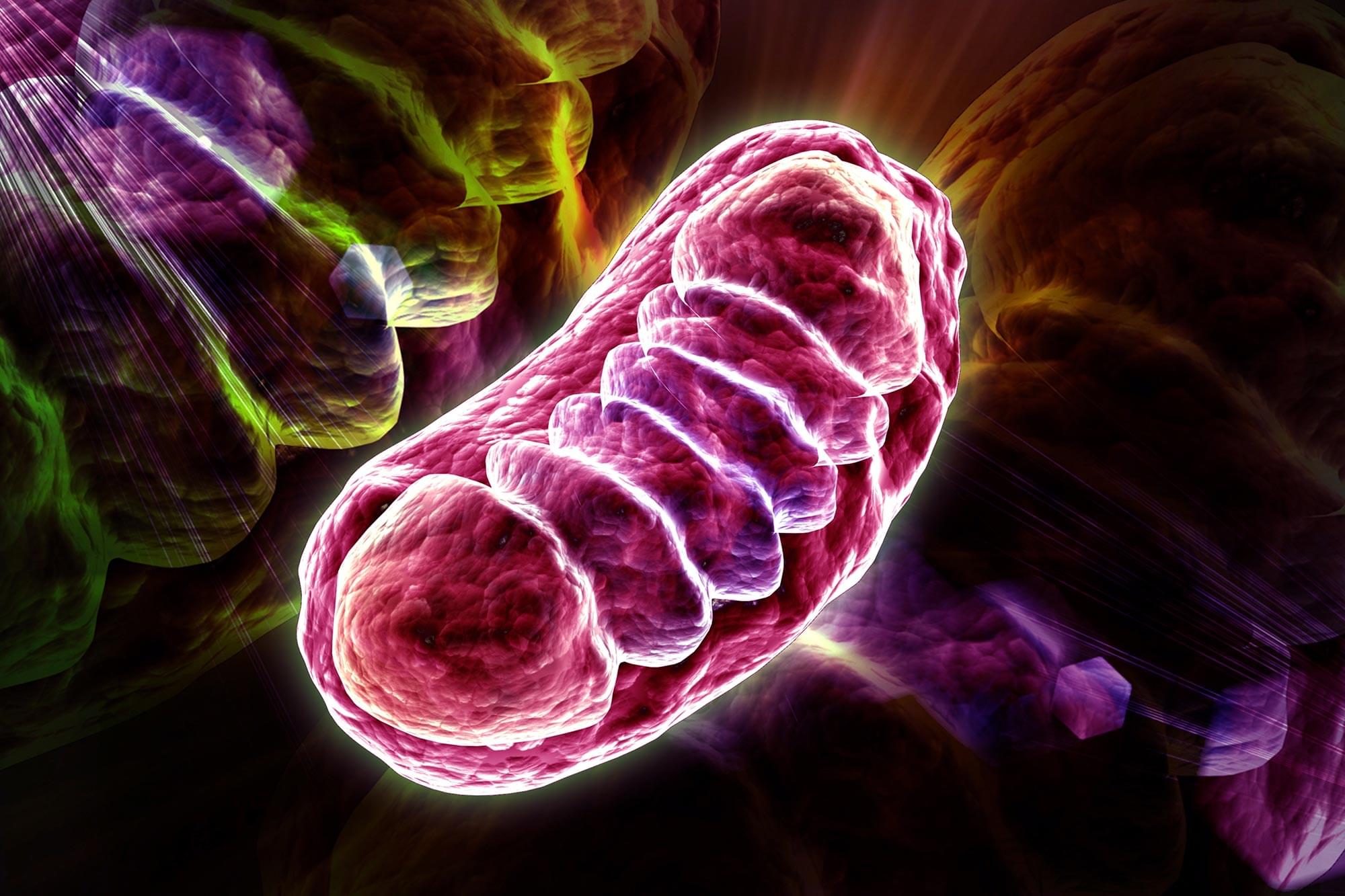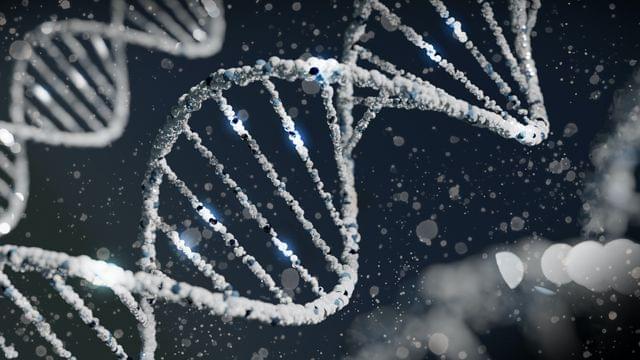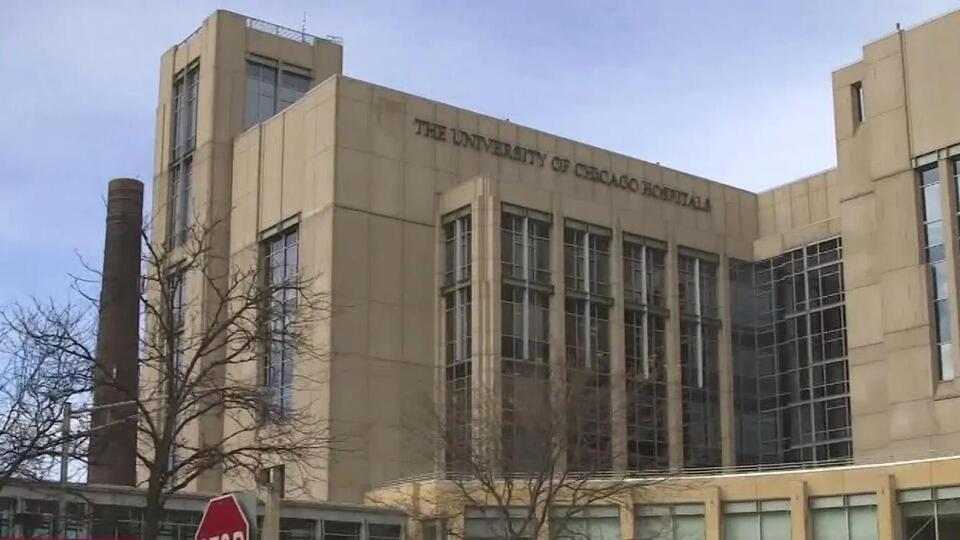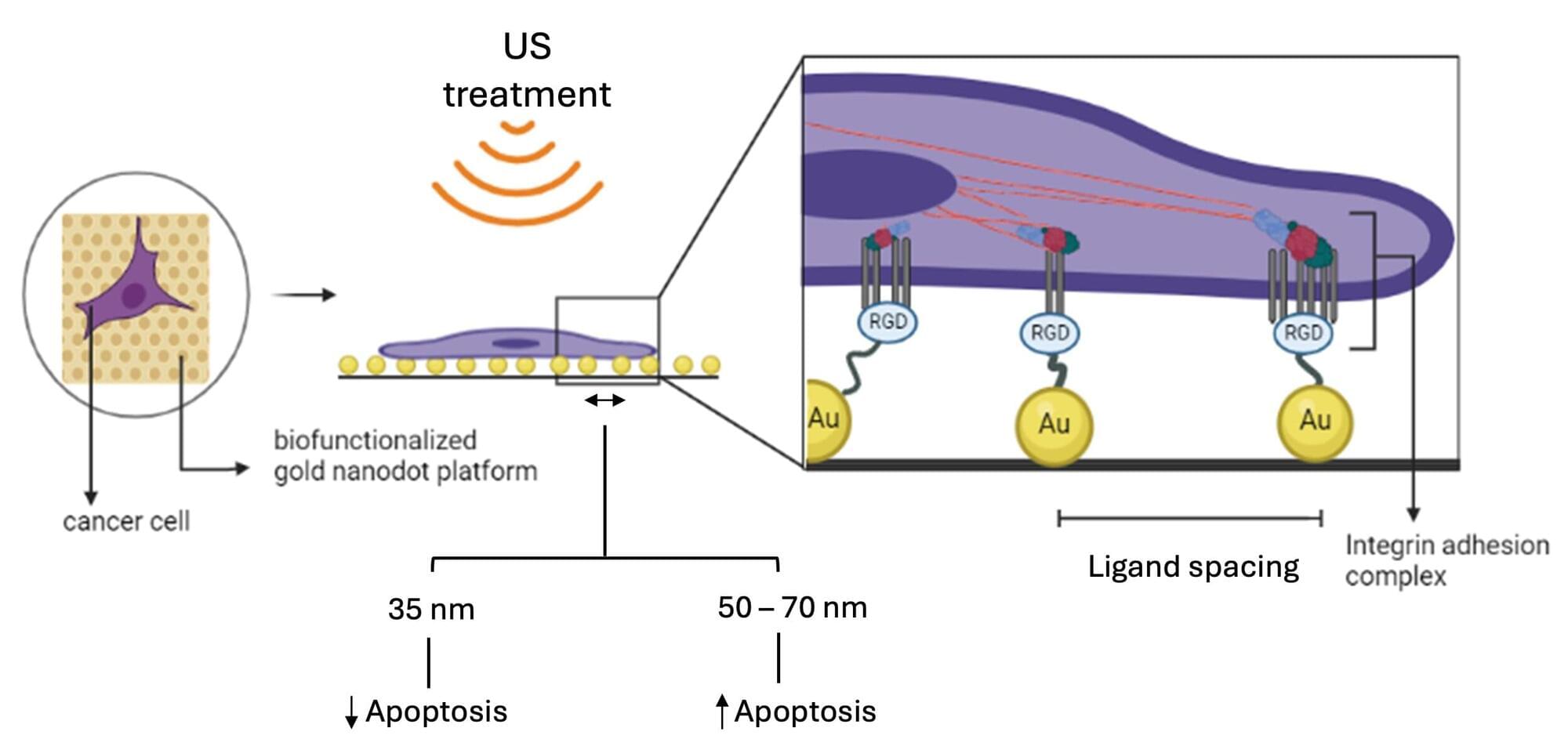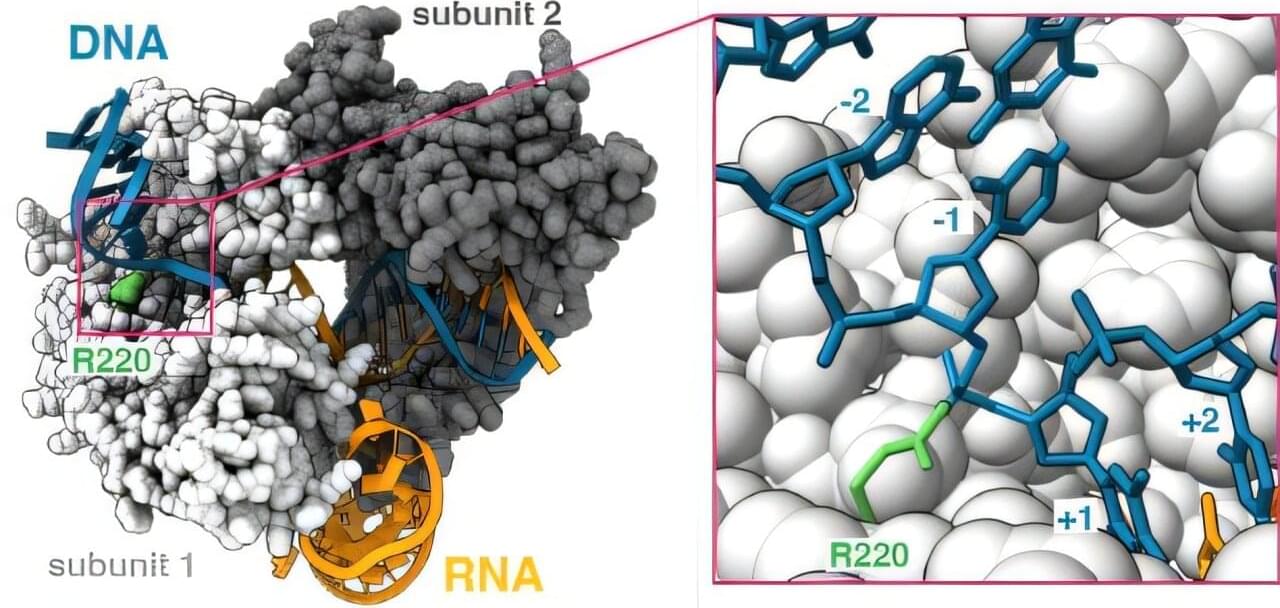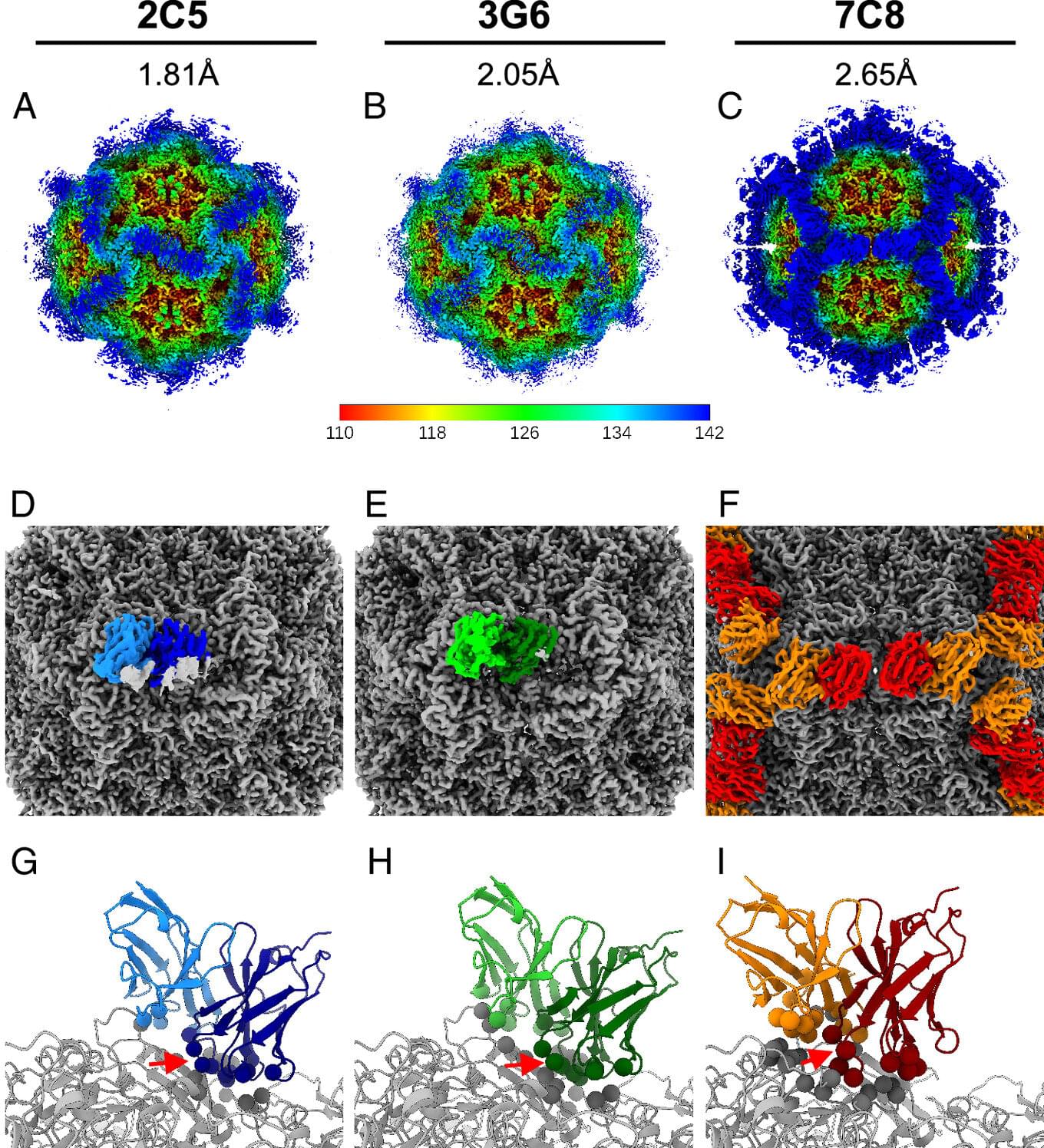“ tabindex=”0” acid reflux at a significantly faster rate than those without. This highlights the urgent need for a healthcare system that treats both mental and physical health together, rather than in isolation.
Depression’s Lasting Impact on Physical Health
Adults with a history of depression develop chronic physical conditions about 30% faster than those without, according to a study published on February 13 in PLOS Medicine. Researchers, led by Kelly Fleetwood from the University of Edinburgh, suggest that depression should be recognized as a “whole-body” condition, emphasizing the need for integrated care that addresses both mental and physical health.

